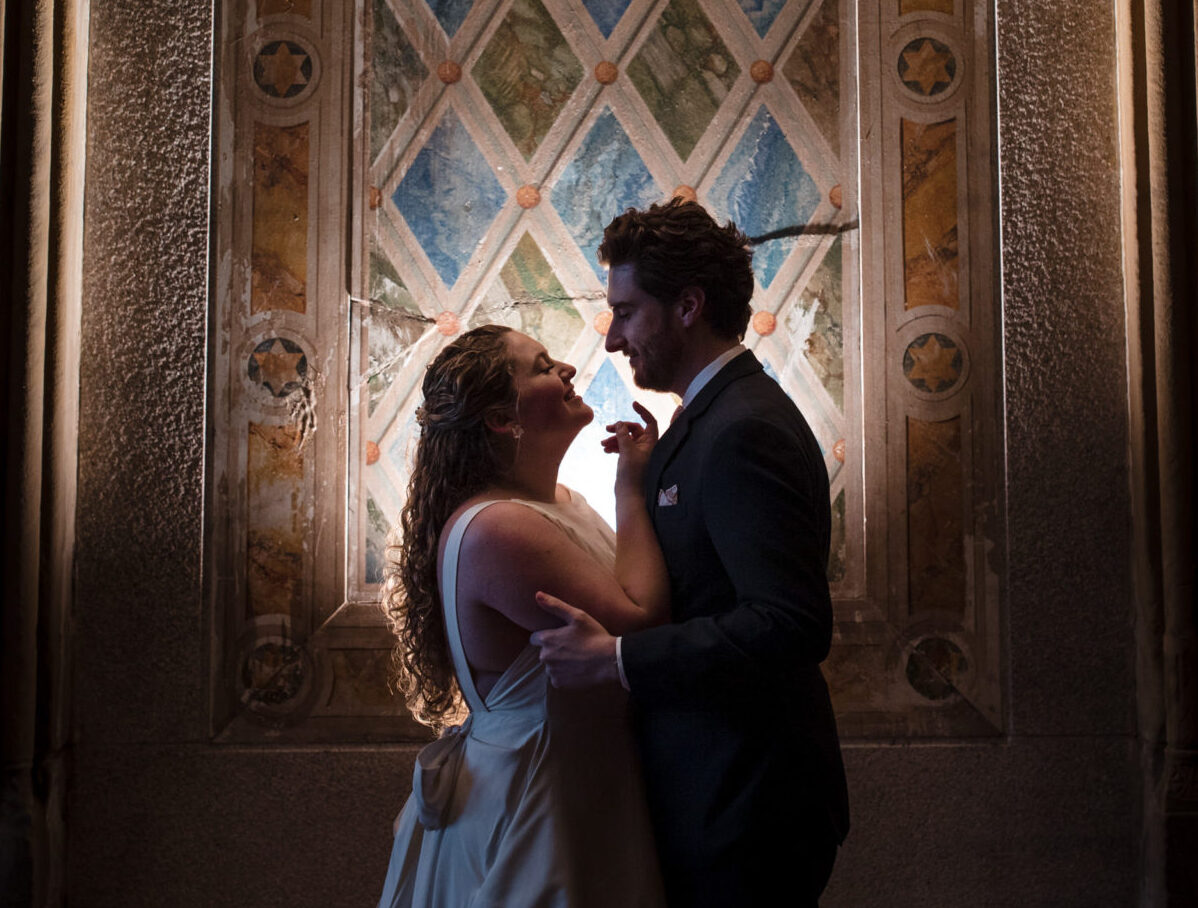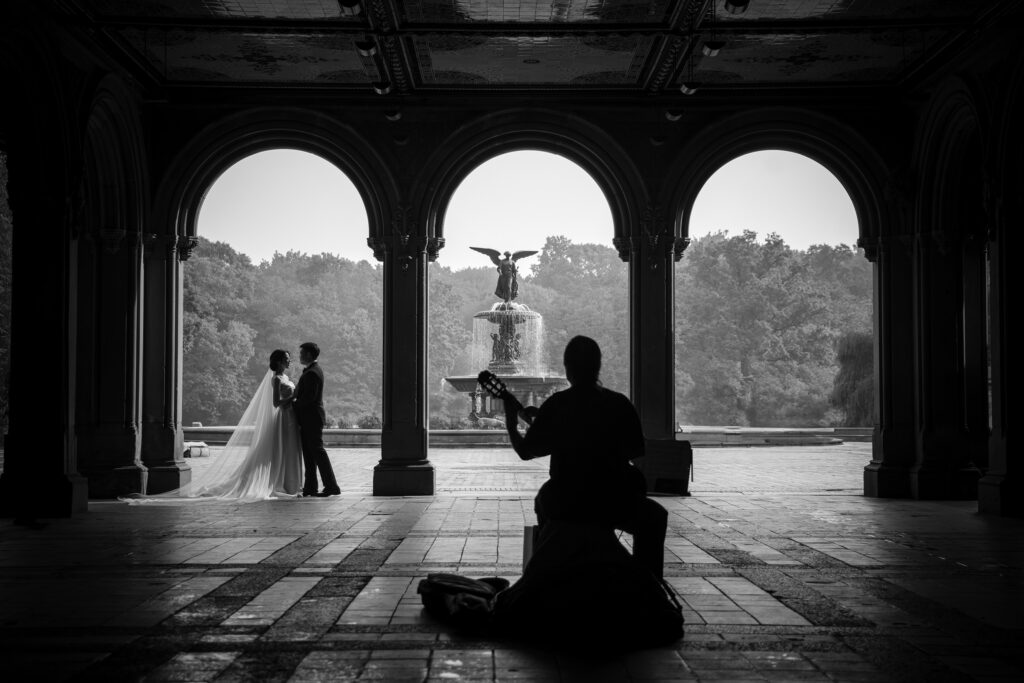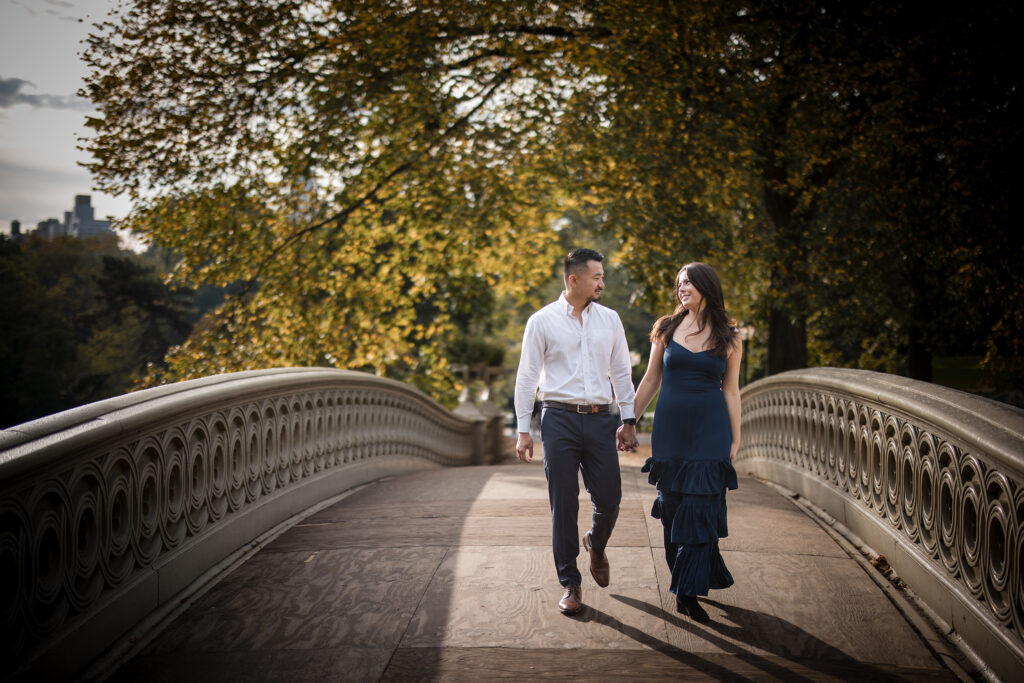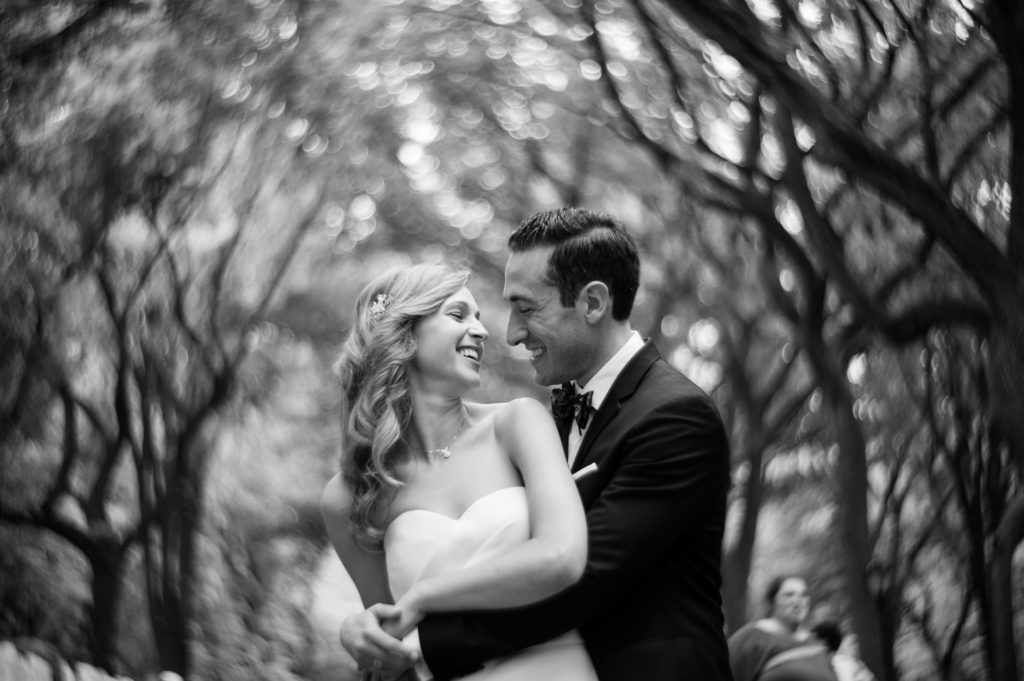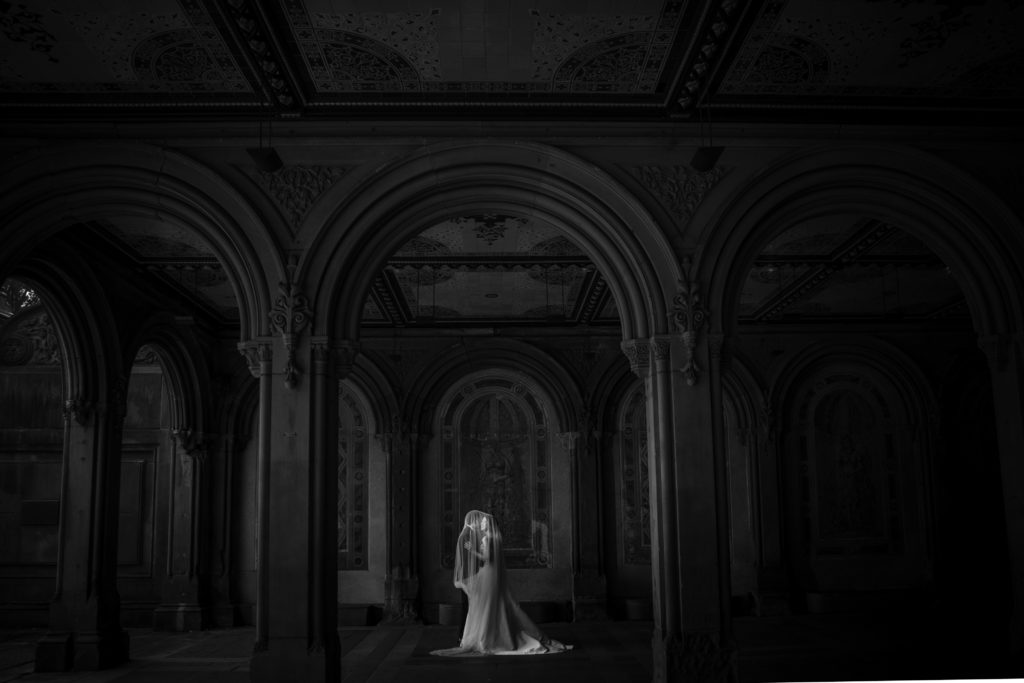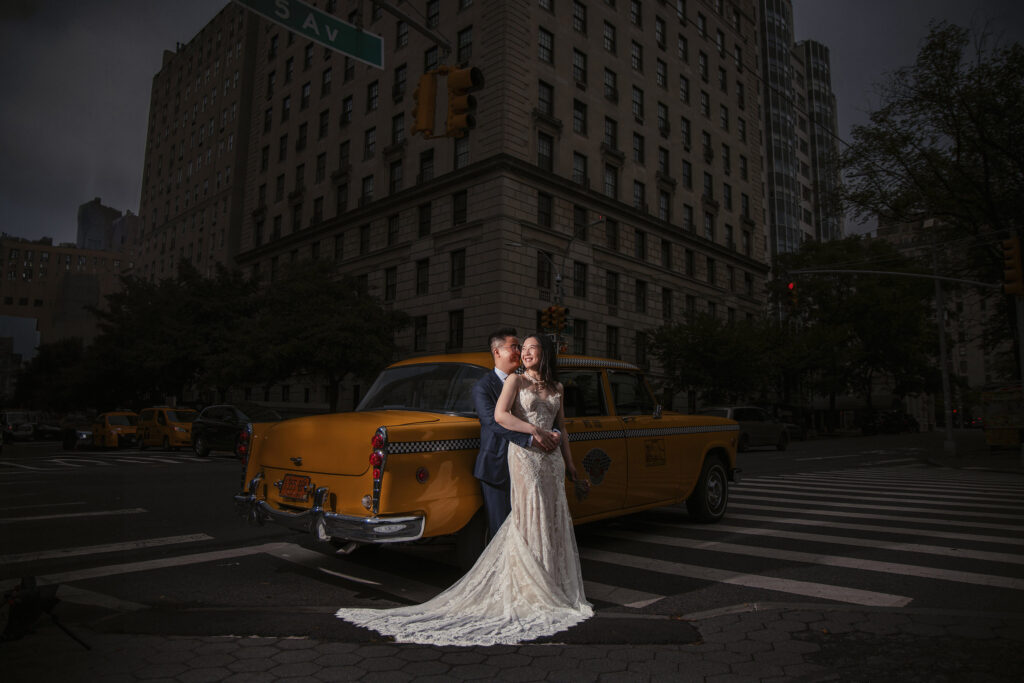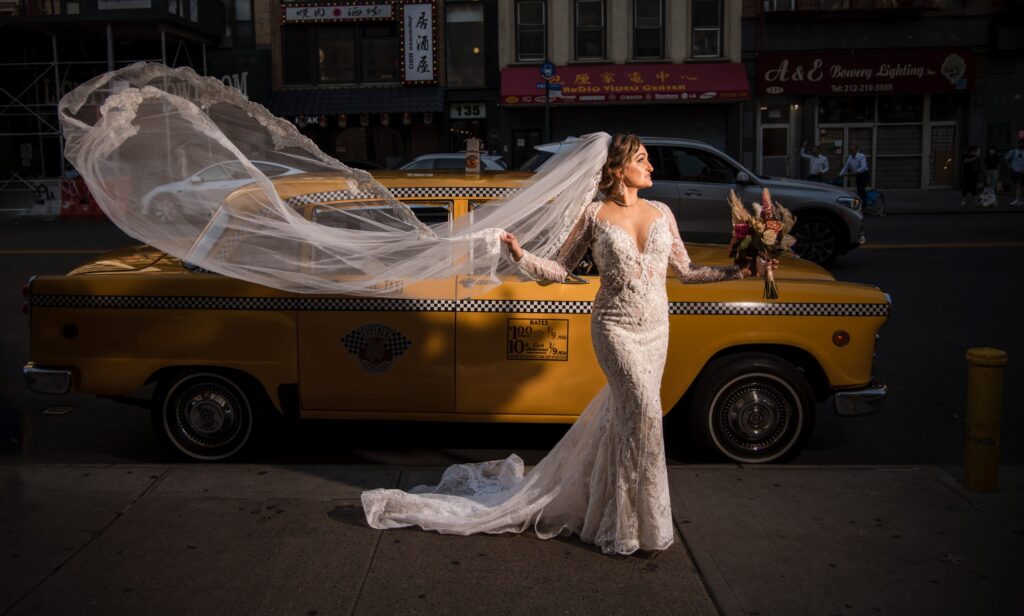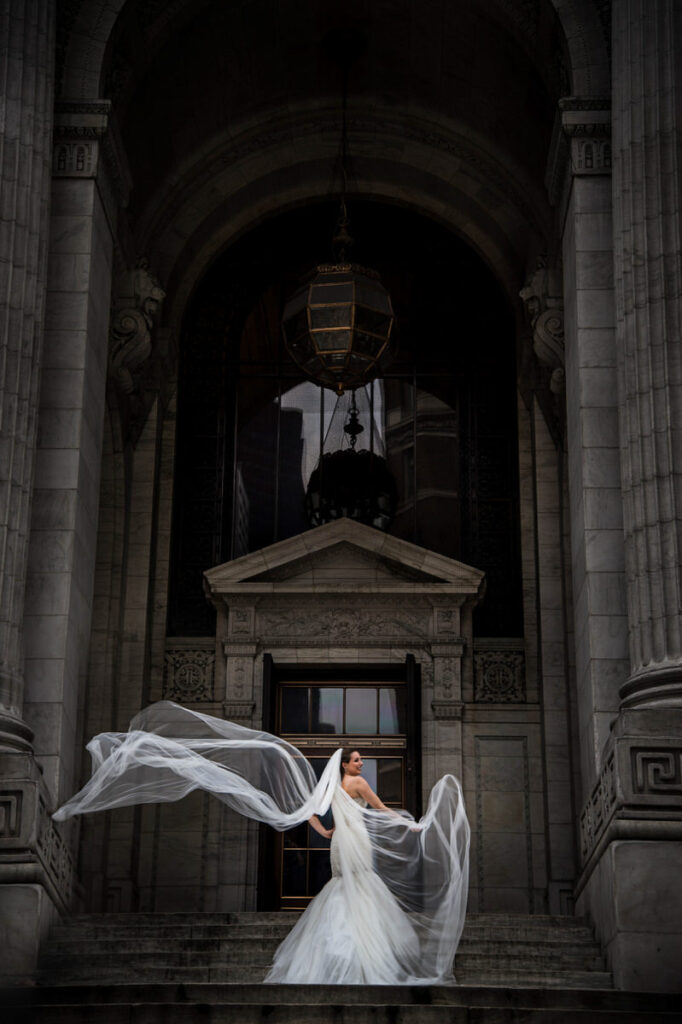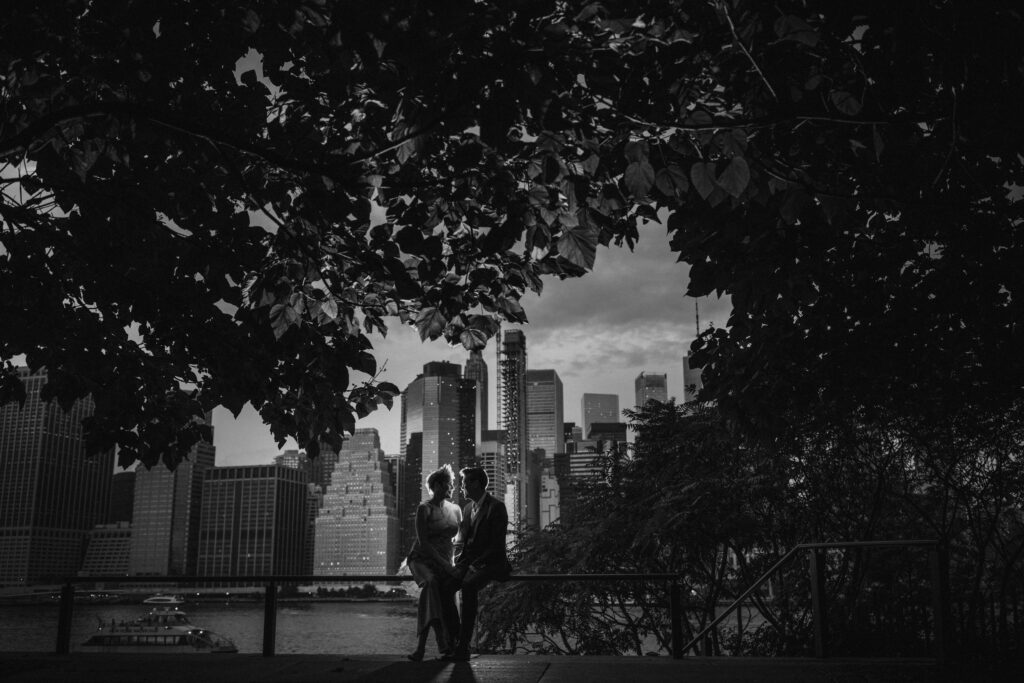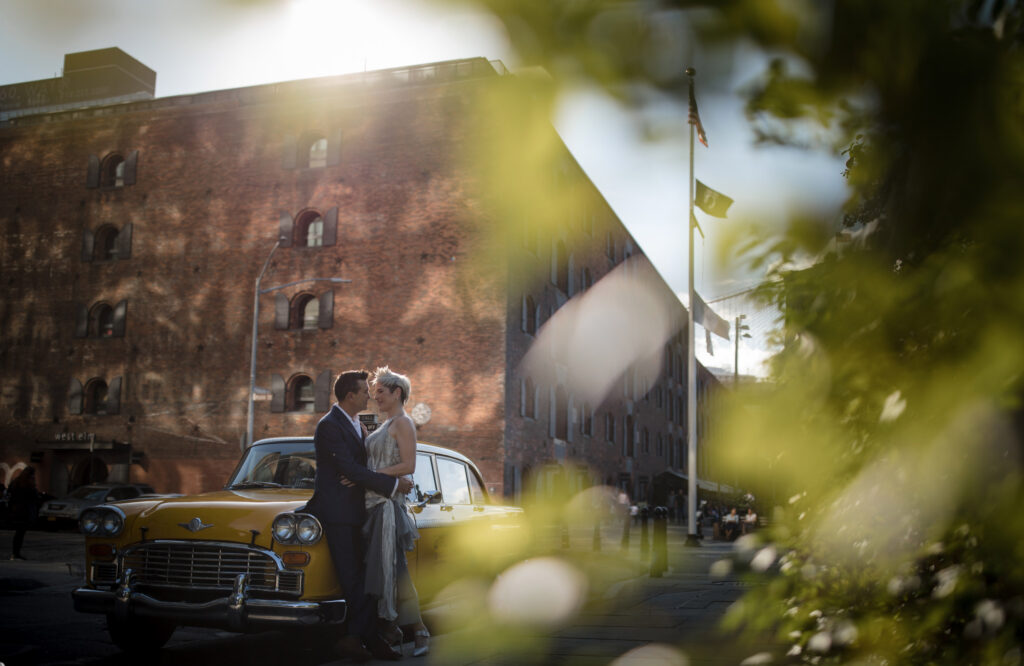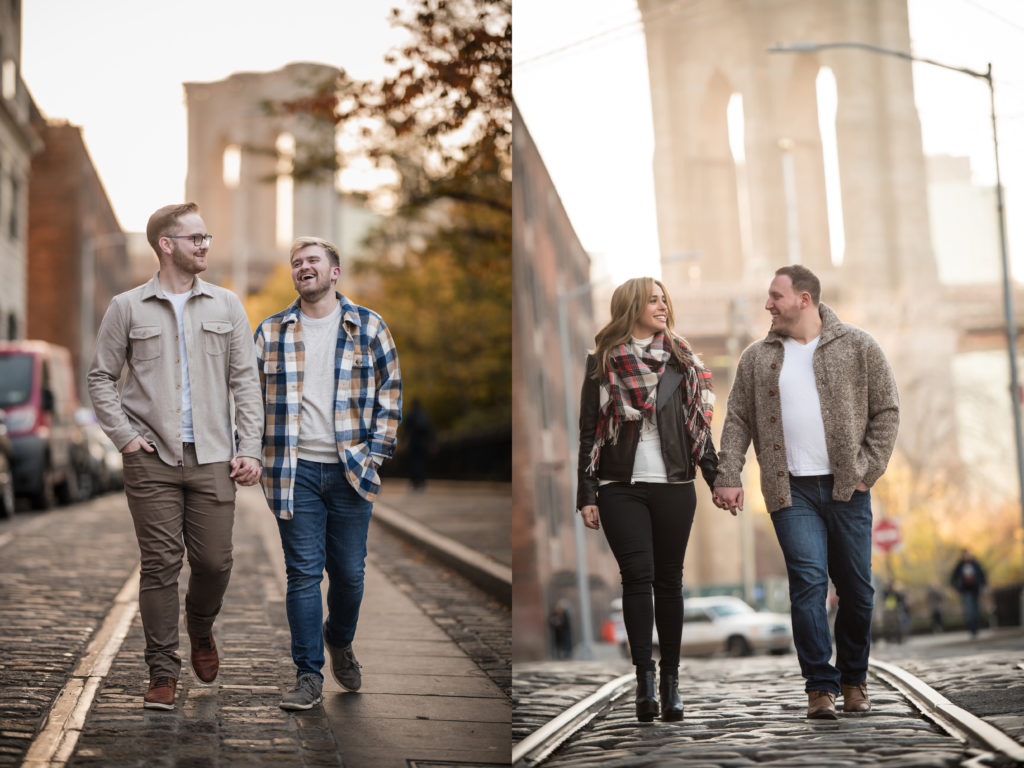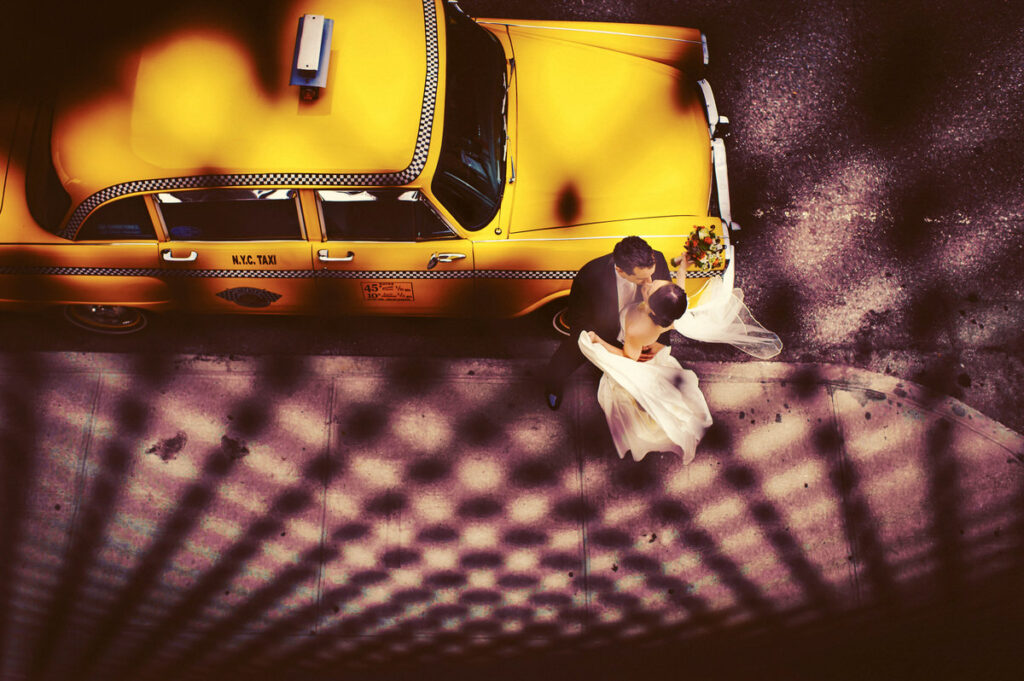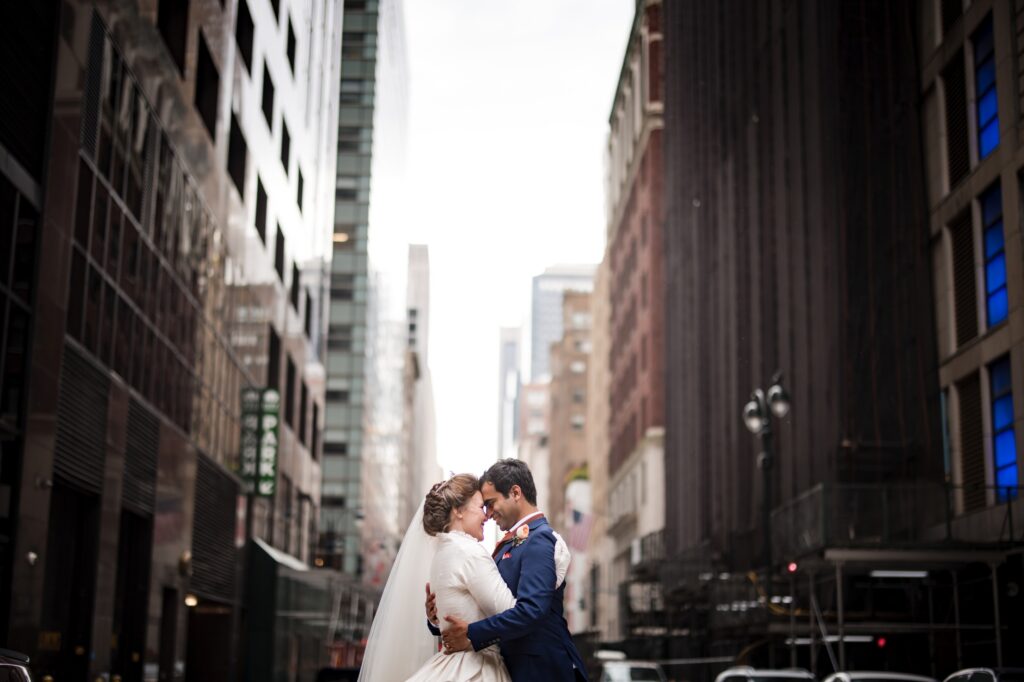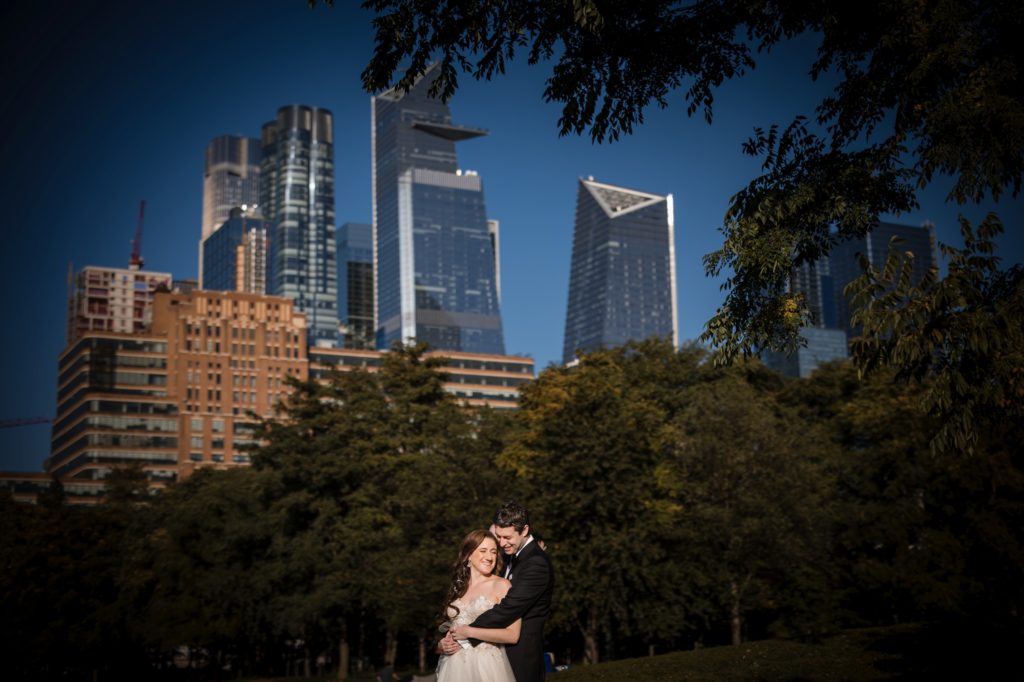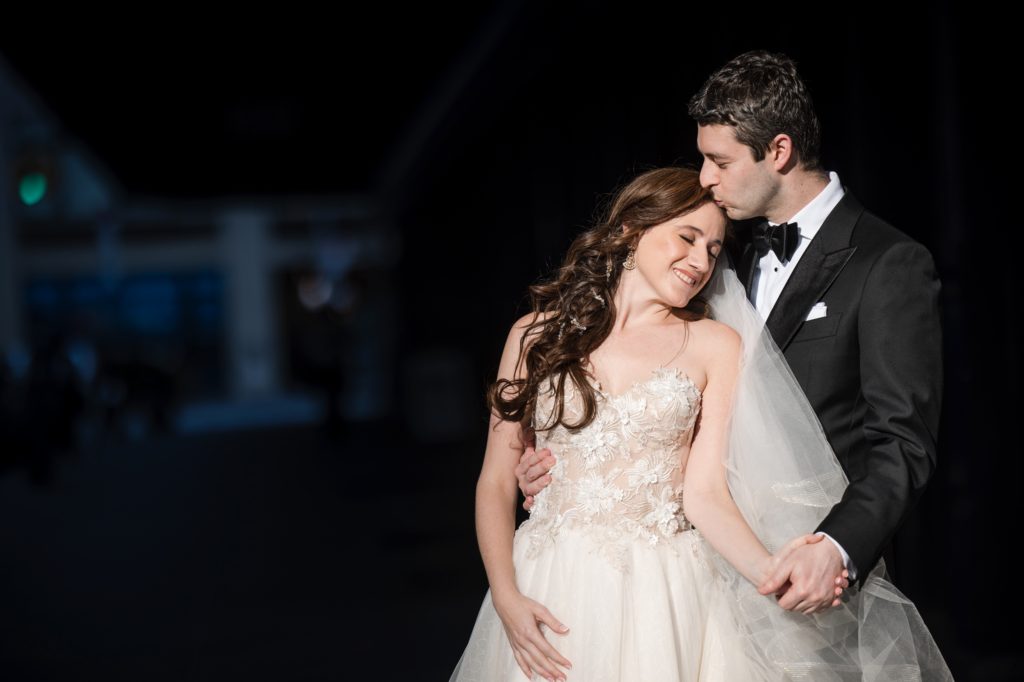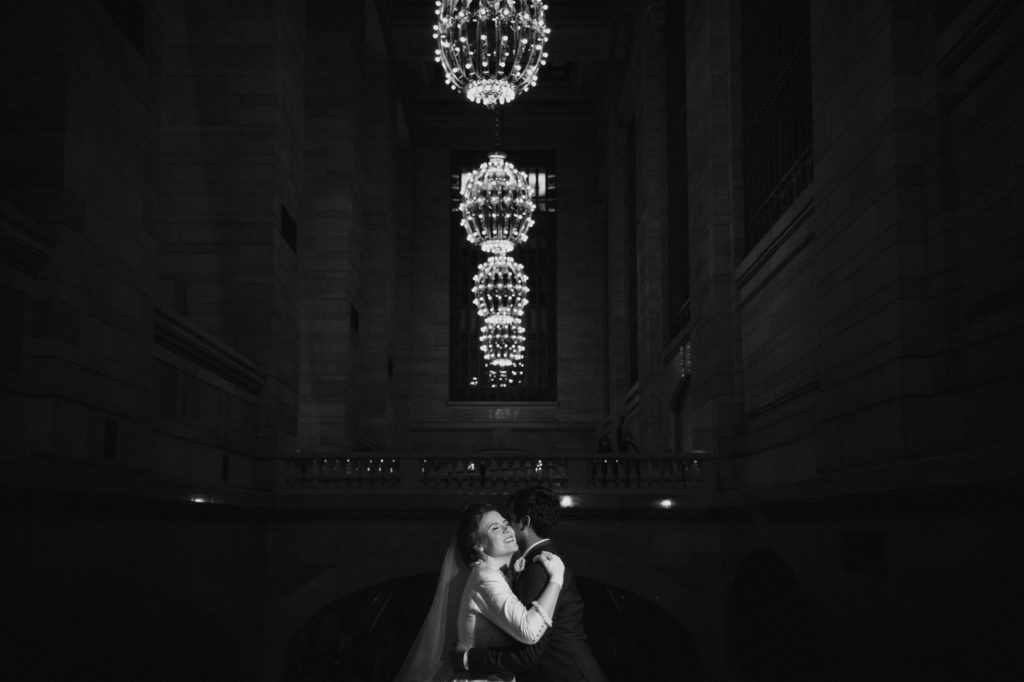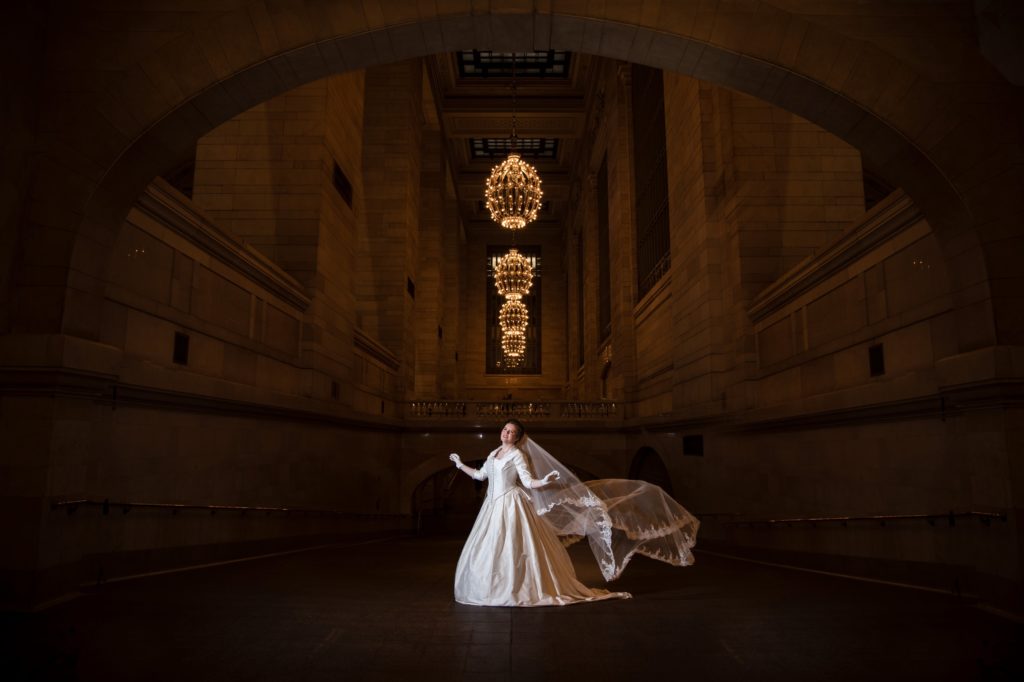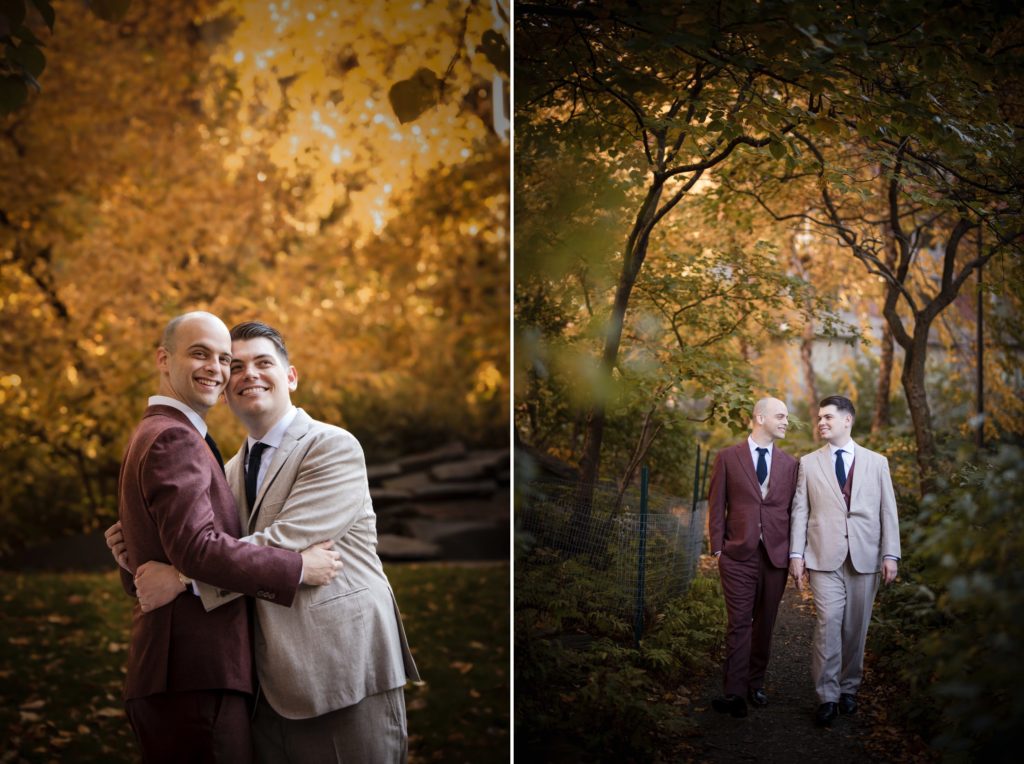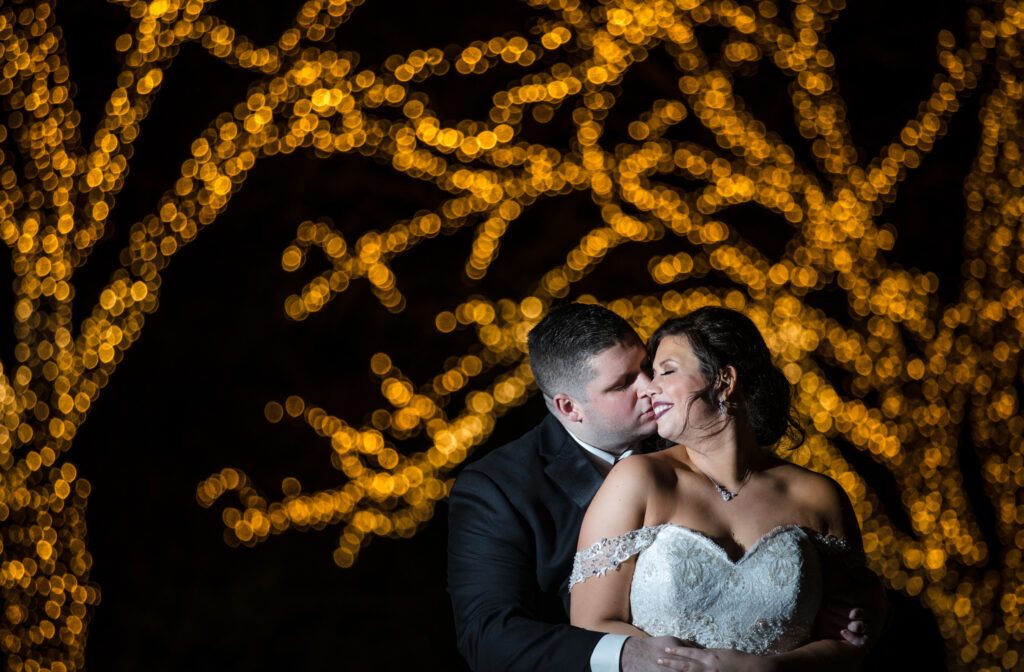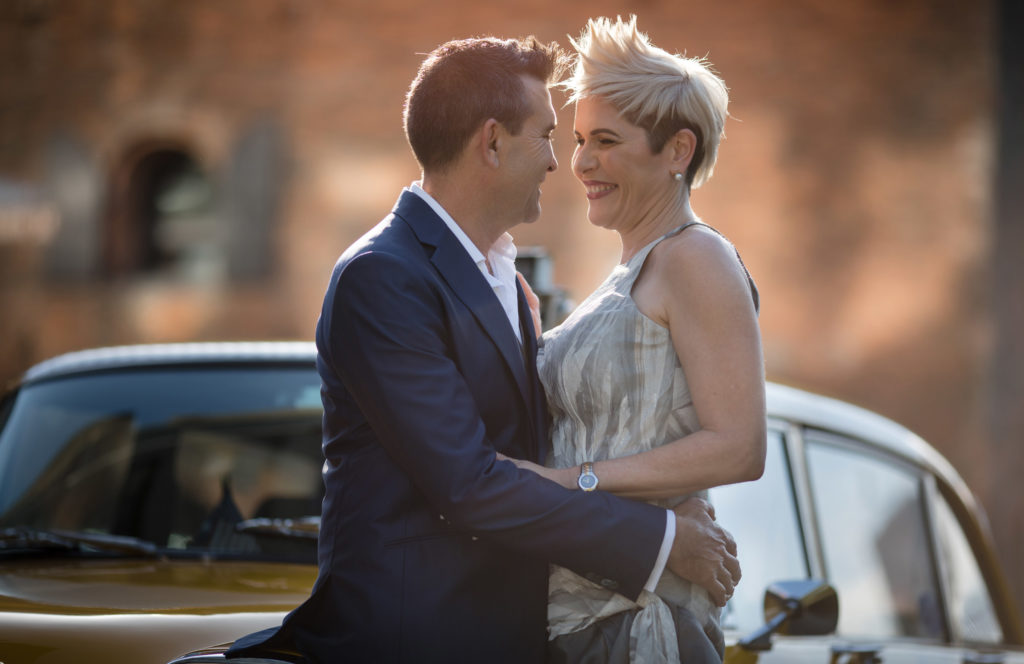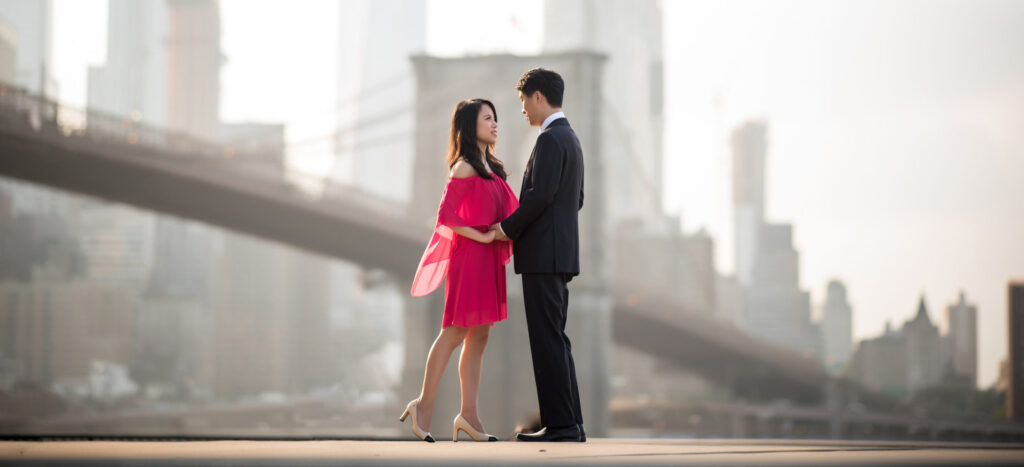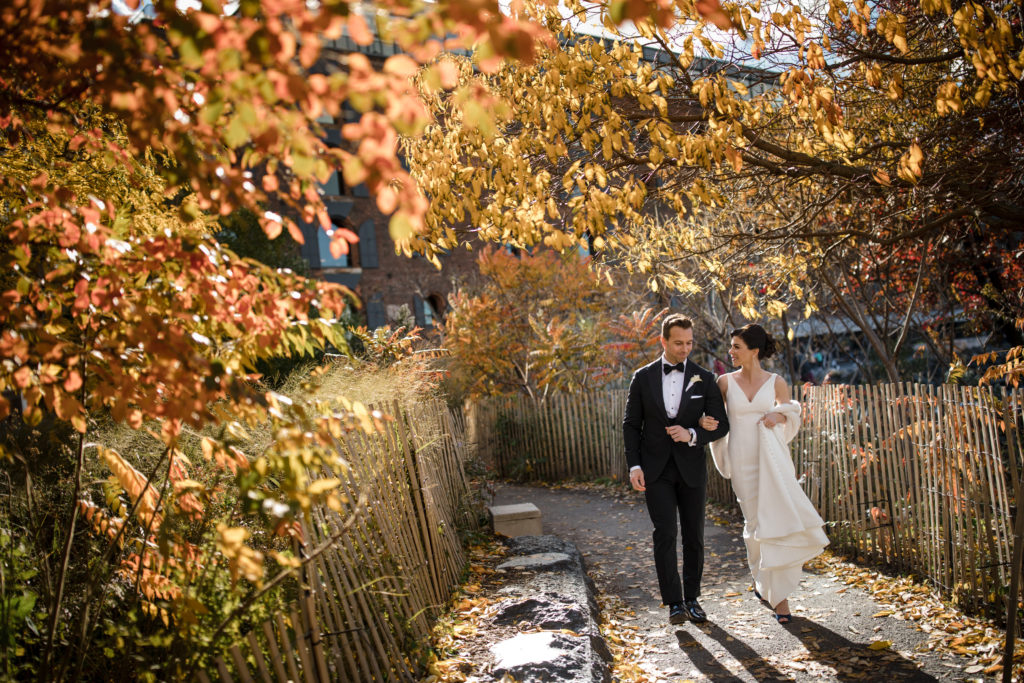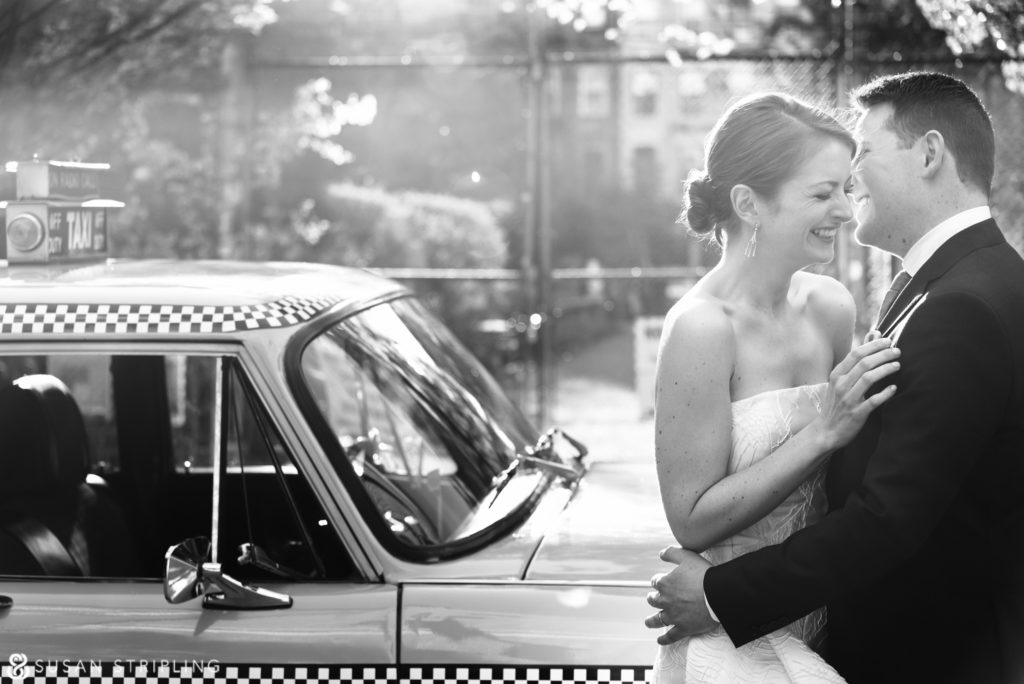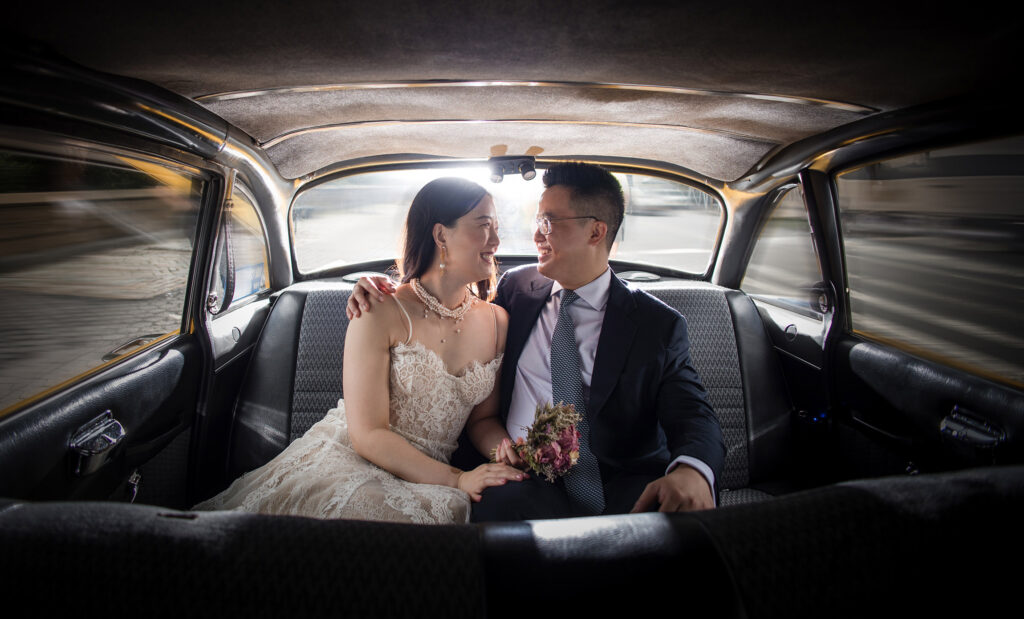In the guide Iconic Movie Scene Locations for Your NYC Wedding Photos, New York City is showcased as a vast metropolis, a backdrop for numerous iconic films, offering couples a unique opportunity to capture their love stories at some of the most famous movie scene locations worldwide. From Central Park’s natural beauty to the modern design of The Vessel at Hudson Yards, NYC boasts an array of picturesque spots that have featured in cinema. This guide highlights the best places in New York City to immortalize your wedding day, embracing the cinematic allure that has captivated film audiences for decades.
Central Park: The Heart of NYC Cinema
Central Park, the verdant heart of New York City, is a testament to the city’s cinematic legacy, having served as a backdrop for an extensive range of films and television shows. This iconic green space offers couples an unparalleled opportunity to capture their wedding moments amidst the same landscapes that have framed countless on-screen love stories and dramatic scenes.
The Bow Bridge, with its graceful curve and cast-iron design, has been a favored spot for romantic encounters in cinema. In “Autumn in New York” (2000), it serves as a picturesque setting where Richard Gere and Winona Ryder share tender moments, encapsulating the autumnal beauty of the park. Similarly, “The Way We Were” (1973) utilizes this bridge to stage poignant scenes between Robert Redford and Barbra Streisand, further cementing its status as a symbol of romance in New York City.
Bethesda Terrace and Fountain, another jewel within Central Park, offers a blend of natural and architectural beauty. Featured in “John Wick” (2014), it becomes a canvas for action, contrasting the park’s tranquility with the film’s high-stakes drama. Meanwhile, “Enchanted” (2007) transforms the terrace into a magical realm where fairy-tale characters collide with the real world, highlighting the location’s versatility and charm.
Beyond these well-known spots, Central Park‘s cinematic appearances span various genres and eras. The iconic skating rink at Wollman Rink turns into a romantic comedy setting in “Serendipity” (2001), where John Cusack and Kate Beckinsale’s characters share a whimsical moment on the ice. Meanwhile, “Home Alone 2: Lost in New York” (1992) features Kevin McCallister’s adventurous escapades through the park, including memorable scenes at the Gapstow Bridge, adding a sense of adventure and whimsy to the landscape.
The Mall, an elegantly designed promenade lined with towering elm trees, has also made its mark in film history. It serves as a serene backdrop in “Maid in Manhattan” (2002), where Jennifer Lopez and Ralph Fiennes share a quiet walk, highlighting the Mall’s role as a haven of peace within the bustling city.
Central Park’s Sheep Meadow offers expansive green lawns that have hosted picnics and gatherings in movies like “Wall Street” (1987), which provided a glimpse into the leisurely aspects of New York life amid its narrative of ambition and power.
Each location within Central Park offers a glimpse into the park’s natural beauty and architectural landmarks and invites couples to step into the frame of their favorite films. By choosing Central Park for wedding photos, they connect their personal milestones to the rich tapestry of stories unfolding in this iconic New York City oasis. Whether seeking the romance of Bow Bridge, the majesty of Bethesda Terrace, or the cinematic history embedded in its many corners, Central Park provides a versatile and memorable setting for capturing the essence of love stories against a backdrop that has captivated audiences worldwide.
The Metropolitan Museum of Art: A Staircase to Elegance
The Metropolitan Museum of Art, one of New York City’s most prestigious cultural institutions, serves as a beacon of art and history and a distinguished setting for cinematic narratives. Its grand entrance and majestic steps have played host to scenes of elegance and drama, making it an ideal backdrop for wedding photos that aspire to capture a sense of sophistication and cinematic glamour.
In “Ocean’s Eight” (2018), the Met Gala, one of the fashion industry’s most illustrious events, becomes the centerpiece of a daring heist. The film utilizes the museum’s grandeur to the fullest, showcasing its elaborate halls and galleries as the backdrop for a story of intrigue and high fashion. The scenes filmed here, particularly around the Great Hall and the iconic steps, imbue the location with a sense of excitement and exclusivity, offering couples a touch of Hollywood’s sparkle for their wedding photos.
“Maid in Manhattan” (2002) presents a different aspect of the Met, focusing on its opulent facade and the elegant steps that lead to its main entrance. The movie, a modern-day Cinderella story set in the heart of New York, uses the museum as a symbol of aspiration and dreams. Here, the characters portrayed by Jennifer Lopez and Ralph Fiennes share moments of connection and discovery against the backdrop of one of the city’s most iconic landmarks.
Beyond these films, the Metropolitan Museum of Art has appeared in numerous other productions, each offering a different narrative thread tied to its vast collections and stunning architecture. “The Thomas Crown Affair” (1999) uses the museum’s sophisticated environment as a playground for an art heist, highlighting the Met’s role as a guardian of priceless works. Similarly, “When Harry Met Sally” (1989) includes scenes set against the museum’s exhibits, showcasing its quieter, more introspective spaces that can serve as a backdrop for personal reflection and romantic encounters.
The museum’s presence on television is equally notable, with shows like “Gossip Girl” frequently using the Met steps as a meeting point for the characters, cementing its status as a cultural and social landmark within the city. This recurring motif underscores the steps as a place of transit and a space where narratives unfold, making it a compelling choice for couples seeking to add a layer of narrative depth to their wedding photos.
The New York Public Library: Architectural Majesty
The New York Public Library‘s Stephen A. Schwarzman Building, an architectural gem in the heart of Manhattan, exudes a timeless elegance that has captivated filmmakers and audiences alike. With its majestic lions, Patience and Fortitude, standing sentinel at the entrance, this landmark building provides a grandiose backdrop that has been integral to iconic moments in film and television. Its Beaux-Arts architecture, embodying the grandeur of an era gone by, offers couples a breathtaking setting for wedding photos that aspire to blend love with a rich sense of history and magnificence.
In “Sex and the City: The Movie” (2008), the library’s grand interiors and exteriors serve as the planned venue for Carrie Bradshaw’s ill-fated wedding. The scenes capture the building’s opulent staircases, towering columns, and exquisite detail, portraying it as the ultimate symbol of romantic aspirations and the complexities of love in the modern world. This portrayal imbues the location with a narrative depth, making it a poignant choice for couples looking to capture their wedding moments against a backdrop that speaks to the heart’s enduring hopes and dreams.
“Ghostbusters” (1984) presents a different facet of the library’s character, showcasing its iconic main reading room and exterior as the setting for supernatural hijinks and the beginning of the Ghostbusters’ adventure. This juxtaposition of the library’s dignified atmosphere with the film’s comedic elements highlights the versatility of the space, able to serve as a backdrop for both solemn vows and moments of joy and celebration.
The library’s filmography extends beyond these notable examples, with its appearances in “The Day After Tomorrow” (2004), where it stands as a bastion against cataclysmic weather, and in “Spider-Man” (2002), where it is a quiet haven for Peter Parker. Each portrayal adds layers to the building’s cinematic persona, offering couples diverse thematic elements to draw upon for their wedding photos.
Television shows, too, have recognized the New York Public Library’s visual and narrative potential. It has appeared in episodes of “Seinfeld,” where it becomes a place of comedic conflict, and in “Gossip Girl,” serving as a backdrop for the characters’ elite social gatherings, further cementing its status as a cultural and social icon in New York City.
Brooklyn Bridge: Iconic Skylines and Romantic Walks
With its grand arches and sprawling cables, the Brooklyn Bridge stands as an emblematic figure against the New York City skyline, offering a picturesque blend of historical grandeur and contemporary vitality. This iconic structure has been a favored backdrop in cinema, celebrated for its architectural beauty and the symbolic connection it represents, both of which have been captured in films such as “Moonstruck” (1987) and “Spider-Man” (2002), making it a sought-after location for couples desiring wedding photos that embody the essence of NYC.
In “Moonstruck,” the Brooklyn Bridge plays a pivotal role in the romantic narrative, providing a backdrop for the blossoming love story between Cher and Nicolas Cage’s characters. The bridge, under the glow of the moonlight, becomes a place of magic and possibility, setting the stage for some of the film’s most memorable and heartwarming scenes. Its presence in the movie highlights its architectural splendor and underscores its role as a timeless symbol of romance and connection in the heart of New York City.
“Spider-Man” (2002) brings a different dimension to the Brooklyn Bridge, showcasing its role in the modern mythos of New York. The bridge becomes a scene of heroism and conflict, illustrating its integration into the fabric of the city’s contemporary lore. This portrayal adds a layer of excitement and adventure to the bridge’s image, appealing to couples who wish to capture a sense of drama and action in their wedding photos against a backdrop that is unmistakably New York.
The Brooklyn Bridge’s cinematic journey doesn’t end with these films; it has appeared in countless other productions, each offering a new perspective on its significance within the city’s landscape. From its dramatic role in “Godzilla” (1998), where it stands as a testament to resilience, to its picturesque appearance in “The Avengers” (2012), symbolizing the unity and strength of New York’s citizens, the bridge reflects a wide array of themes and emotions.
Times Square: The Pulse of New York
Times Square, a dazzling spectacle of lights and motion, is an iconic backdrop in numerous films and television shows, each capturing its unique energy and the essence of New York City’s vibrant heart. This locale, with its illuminated billboards and the constant stream of people, offers a visually stunning setting for wedding photos, especially for couples who want their special moments to be framed within the cinematic history of one of the world’s most recognized urban landscapes.
In the realm of cinema, Times Square has been featured in a myriad of productions that span genres and eras, turning it into a versatile setting that embodies the multifaceted spirit of the city. For instance, “Captain America: The First Avenger” (2011) presents Times Square as the intersection where past and present collide, capturing Steve Rogers’ awe as he enters the modern world, surrounded by the square’s futuristic glow. This moment underscores Times Square’s ability to encapsulate the city’s continuous march toward the future, making it a compelling backdrop for couples looking to highlight the timeless nature of their bond amidst the ever-evolving cityscape.
“King Kong” (2005) showcases Times Square in a different light, using it as a backdrop for the iconic scene where Kong is displayed to the public, highlighting the area’s role as a focal point for spectacle and drama. This portrayal adds a layer of grandeur and intensity to the locale, offering a dramatic and historic setting for wedding photos that seek to capture the epic and timeless nature of love.
Television has also found a rich backdrop in Times Square, with shows like “Glee” utilizing its vibrant atmosphere to frame key moments of aspiration and unity. The series finale brings the characters to the heart of Times Square, symbolizing their dreams and ambitions amidst the hustle and bustle of the city. This representation of Times Square as a place of convergence for dreams and reality can imbue wedding photos with a sense of aspiration and shared destiny.
“CSI: NY,” a series that delves into the complexities of crime in the big city, often uses Times Square as a setting for its investigations, highlighting the square’s role as a microcosm of New York life. The juxtaposition of the square’s bright lights against the darker elements of the narrative adds depth to its cinematic portrayal, suggesting a backdrop for wedding photos that are visually stunning and rich with the city’s stories.
Moreover, Times Square’s cameo in “How I Met Your Mother” during significant moments in the series underscores its role as a place of serendipity and connection, where the characters’ lives intersect in meaningful ways. This portrayal taps into the locale’s symbolic potential as a meeting point not just for people but for fate and destiny, offering a poignant backdrop for couples wishing to capture the serendipitous nature of their own love stories.
By choosing Times Square as the setting for their wedding photos, couples are stepping into a frame that has been immortalized by film and television, connecting their personal narratives to the broader tapestry of stories that have unfolded in this iconic space. The square’s cinematic legacy, from the dramatic displays of “King Kong” to the aspirational journeys of “Glee,” offers a diverse palette of themes and emotions to draw upon, making it an unparalleled location for those seeking to infuse their wedding imagery with the dynamic and storied spirit of New York City.
The High Line: A Modern Twist
The High Line, an innovative urban park that transformed a disused freight rail line into a vibrant public space, marries modernity with nature and urbanity in a uniquely New York way. Its appearance in film and television highlights its role as a contemporary icon of the city, providing a lush, green retreat amidst the concrete jungle. This elevated park has become a sought-after backdrop for wedding photos, especially for couples who appreciate its blend of industrial history, modern landscape architecture, and stunning city views.
In “The Intern” (2015), the High Line is a picturesque setting that complements the film’s themes of reinvention and contemporary work culture. The park’s walkways, interspersed with art installations and urban gardens, frame moments of connection and mentorship between the characters played by Anne Hathaway and Robert De Niro. This portrayal showcases the High Line as a symbol of New York’s ability to reinvent itself while offering personal growth and reflection spaces. For couples, the High Line’s role in the film can serve as a metaphor for the journey of marriage, making it an appealing location for capturing the start of their shared life path.
Beyond “The Intern,” the High Line’s cinematic appeal is further evidenced in its appearances across various media, serving as a backdrop that captures the evolving narrative of New York City. While specific films and shows might not always highlight the High Line as prominently, its inclusion in scenes speaks to its growing significance as a part of the city’s cultural and physical landscape. Its unique vantage points offer panoramic views of the Hudson River and Manhattan skyline, providing a visually striking setting that contrasts the park’s natural beauty with the urban environment.
Television series set in New York often use the High Line for scenes that require a setting that is at once distinctly New York but away from the clichéd hustle and bustle of streets and landmarks. It’s a space where characters can escape, reflect, or engage in pivotal conversations, surrounded by the park’s innovative design and the cityscape beyond. This versatility makes the High Line an ideal locale for wedding photos that aim to capture intimate moments against a serene and distinctly urban backdrop.
Grand Central Terminal: A Timeless Classic
Grand Central Terminal, with its awe-inspiring celestial ceiling and exquisite Beaux-Arts architecture, is a monument to New York City’s opulent past and vibrant present. This iconic landmark has not only been a pivotal character in the daily lives of New Yorkers but has also taken center stage in numerous films and television shows, embodying the grandeur and romance of the city. Its cinematic portrayals in classics like “North by Northwest” (1959) and modern series such as “Gossip Girl” (2007-2012) highlight its timeless appeal, making it an unparalleled location for wedding photos that aspire to capture the essence of classic New York elegance.
In Alfred Hitchcock’s “North by Northwest,” Grand Central Terminal is a backdrop for suspense and intrigue, showcasing the terminal’s grand concourses and bustling activity. The film’s terminal use underscores its significance as a crossroads of human endeavor and a symbol of the city’s ceaseless energy. This cinematic moment captures the grandeur of the terminal, offering inspiration for couples seeking to frame their union amidst the backdrop of an architectural masterpiece.
“Gossip Girl,” on the other hand, presents Grand Central Terminal as a stage for dramatic entrances and poignant reunions, reflecting its role in the social tapestry of New York City. The series opens with a scene in Grand Central, marking it as a place of beginnings and endings, of hellos and goodbyes. Its recurring presence in the series emphasizes the terminal’s role as a landmark of travel and life’s pivotal moments, resonating with couples looking to capture the narrative of their journey together.
Beyond these examples, Grand Central Terminal has appeared in many other cinematic works that showcase its diverse facets. “The Avengers” (2012) features a heroic battle in its vicinity, highlighting the terminal’s iconic stature within the city’s landscape. “Men in Black” (1997) uses the terminal as a secret hub for intergalactic travel, playing on its historical role as a gateway for millions and adding a layer of whimsy and mystery to its character.
In “Madagascar” (2005), the animated escape of zoo animals through the terminal brings a playful energy to its halls, showcasing its cultural imprint beyond live-action narratives. This animated appearance underscores the terminal’s versatility as a setting that can transcend reality, appealing to the imagination and offering a majestic and whimsically enchanting backdrop for wedding photos.
Television series like “Ted Lasso” have also paid homage to Grand Central, using it as a symbol of transition and new beginnings, a theme that resonates deeply with couples embarking on the journey of marriage. The terminal’s vast spaces, from the Main Concourse to the whispering gallery and the iconic clock, provide a rich tapestry of settings for capturing moments of love and commitment.
Washington Square Park: An Urban Oasis
Washington Square Park, nestled in the heart of Greenwich Village, serves as a quintessential emblem of New York’s eclectic spirit. Its iconic arch and the perpetual vibrancy of its surroundings have made it a favored location in numerous films and television shows, illustrating its appeal as a nexus of academic history, cultural vitality, and urban charm. This park, featured in movies like “I Am Legend” (2007) and “Step Up 3D” (2010), provides a picturesque setting that captures the essence of New York City’s dynamic character, making it an ideal spot for wedding photos that seek to embody the city’s unique blend of tradition and modernity.
In “I Am Legend,” Washington Square Park is transformed into a haunting landscape of solitude and survival, with the park’s famous arch serving as a poignant backdrop to the film’s post-apocalyptic narrative. This stark depiction contrasts sharply with the park’s usual lively atmosphere, highlighting its versatility as a cinematic location and offering a dramatic, albeit dystopian, backdrop for wedding photos that tell a story of enduring love in the face of adversity.
“Step Up 3D” showcases the park in a completely different light, as a space where dance and creativity come alive against the backdrop of the park’s greenery and bustling activity. The film’s energetic dance sequences, set in and around Washington Square Park, capture the vibrancy and youthful spirit of the city, making it a captivating setting for couples who wish to highlight a sense of adventure and spontaneity in their wedding photos.
Beyond these films, Washington Square Park is also a key location in “August Rush” (2007), where its open spaces and the aura of musical magic frame the young protagonist’s journey. The park’s role in the film underscores its reputation as a haven for artists and dreamers, reflecting its real-life status as a gathering place for performers, students, and locals.
The park’s cinematic journey continues in “When Harry Met Sally” (1989), providing a quintessential New York backdrop for the evolving relationship between the titular characters. The casual strolls and conversations in the park mirror the everyday moments of connection that make the city a backdrop for countless love stories, both on-screen and off.
Television has also captured the essence of Washington Square Park, with shows like “Friends” occasionally featuring the park as a symbol of the characters’ lives in New York, despite the show’s primary setting being a soundstage. Even in brief shots or episodes, its inclusion speaks to the park’s iconic status within the city’s cultural landscape.
“Marvel’s Daredevil” (2015-2018) on Netflix utilizes the park to ground its gritty superhero narrative in the reality of New York City, using the park’s arch and open spaces as meeting points and battlegrounds, further cementing the park’s versatility as a location that can adapt to a wide range of thematic contexts.
DUMBO: A Picturesque Frame
The neighborhood of DUMBO, an acronym for Down Under the Manhattan Bridge Overpass, has emerged from its industrial roots to become one of Brooklyn’s most picturesque and cinematic locales. Its unparalleled views of the Manhattan Bridge, framed by the East River and a skyline that captures the heart of New York’s architectural evolution, have made it a favorite backdrop for filmmakers and couples alike. The contrast between the area’s cobblestone streets, vintage warehouses, and the sleek modernity of the city’s skyscrapers provides a rich tapestry that has been featured in a variety of films and television shows, beyond the notable mentions of “Once Upon a Time in America” (1984) and “John Wick: Chapter 2” (2017).
“Once Upon a Time in America,” Sergio Leone’s epic crime drama, utilizes DUMBO’s gritty yet picturesque backdrop to underscore the film’s themes of friendship, betrayal, and the passage of time. The neighborhood’s then-rugged appearance offered a stark, authentic setting that enhanced the film’s historical narrative, capturing the essence of early 20th-century New York.
In contrast, “John Wick: Chapter 2” showcases DUMBO’s more polished, contemporary side, with its action-packed sequences making full use of the neighborhood’s iconic scenery. The film’s high-octane chase scenes through the streets of DUMBO highlight the area’s blend of old and new, providing a dynamic backdrop that mirrors the film’s intensity.
Beyond these films, DUMBO has served as a scenic location in “The Dark Knight Rises” (2012), where Batman surveys Gotham from atop the district’s buildings, symbolizing the neighborhood’s dramatic vistas and its embodiment of urban resilience and renewal.
Television has also taken note of DUMBO’s cinematic appeal. The area’s picturesque streets and waterfront have been featured in the hit TV series “Gotham” (2014-2019), where it stands in for various parts of the fictional city, adding a sense of realism and depth to the show’s comic book-inspired world. Its urban charm and scenic views make it a versatile setting that complements the series’ dark, gritty aesthetic.
Additionally, DUMBO’s unique landscape has appeared in episodes of “White Collar” (2009-2014), enhancing the show’s slick, stylish depiction of New York City. The neighborhood’s blend of historic architecture and modern design elements provides a fitting backdrop for the series’ themes of intrigue and sophistication.
Flatiron Building: An Architectural Icon
The Flatiron Building, with its distinctive triangular shape and Beaux-Arts facade, stands as an enduring symbol of New York City’s architectural ambition and innovation. This iconic structure has captured the imagination of filmmakers and audiences alike, making it a popular location for various films and television shows that seek to harness its unique aesthetic and historical significance. Featured prominently in “Spider-Man” (2002) and “Teenage Mutant Ninja Turtles” (2014), the Flatiron Building offers an unmistakable backdrop that embodies the essence of New York’s dynamic urban landscape.
In “Spider-Man,” the Flatiron Building serves as the fictional office for the Daily Bugle, the newspaper where Peter Parker works. Its inclusion in the film highlights the building’s architectural beauty and integrates it into the narrative as a central hub of activity and drama, symbolizing the bustling, interconnected world of New York City. The choice of the Flatiron as the Daily Bugle’s headquarters cements its status as a visually striking landmark and deeply embedded in the city’s cultural fabric.
“Teenage Mutant Ninja Turtles” (2014) utilizes the Flatiron Building to anchor its action-packed story in the heart of Manhattan, showcasing the building’s ability to stand out even amidst the fantasy and spectacle of a superhero narrative. Its appearance in the film underscores the Flatiron’s versatility as a backdrop, capable of adding a sense of gravitas and historical depth to even the most fantastical of stories.
Beyond these well-known appearances, the Flatiron Building has also graced the screen in “Godzilla” (1998), where its distinctive shape and prominence in the skyline make it a recognizable point of reference during the monster’s rampage through the city. This portrayal highlights the building’s role as an indelible part of New York’s identity, symbolizing the city’s resilience and enduring charm.
In television, the Flatiron Building has made cameo appearances in countless series, including “Friends,” where it can occasionally be seen in establishing shots of the city, further cementing its place in the visual lexicon of New York. Its presence in “Friends” and other shows like “Gossip Girl” and “CSI: NY” reinforces its status as a cultural and architectural touchstone, familiar to both New Yorkers and audiences around the world.
Conclusion
Taking your wedding photos at these renowned New York City locations, celebrated in film and television, offers more than just a cinematic allure to your celebration. It embeds your love story within the rich tapestry of one of the most frequently depicted cities on screen. Each site, steeped in its own narrative and film legacy, provides a distinctive backdrop that encapsulates the vibrancy of New York and the allure of cinema, enriching your wedding album with unparalleled depth and context.
